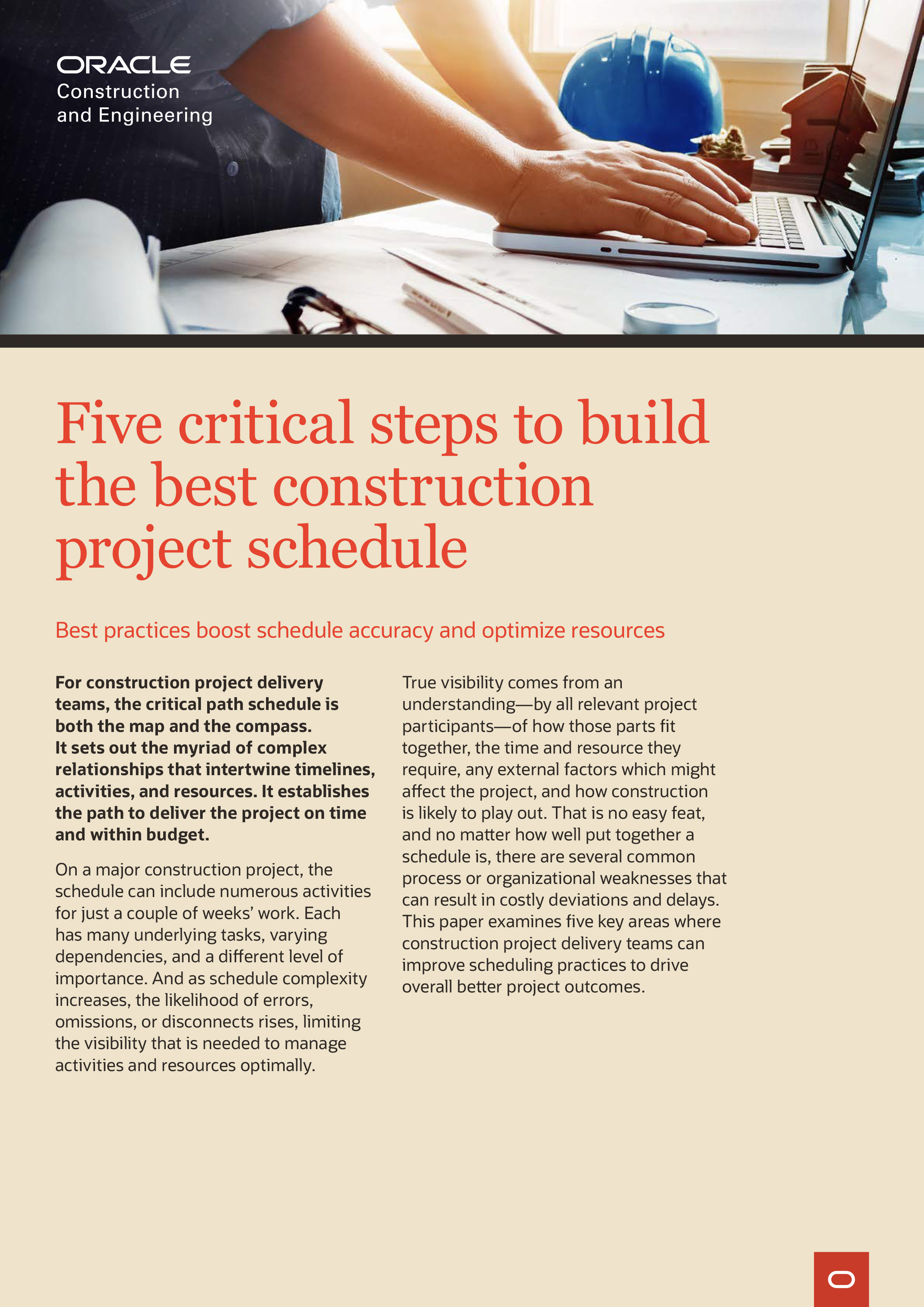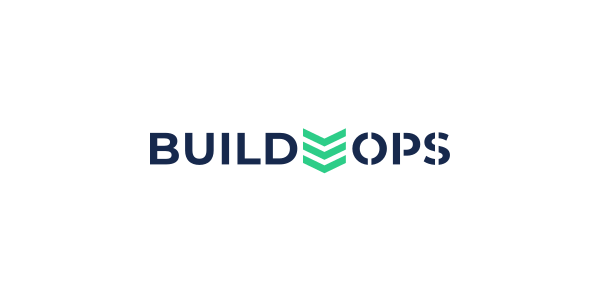Best practices boost schedule accuracy and optimize resources
For construction project delivery teams, the critical path schedule is both the map and the compass. It sets out the myriad of complex relationships that intertwine timelines, activities, and resources. It establishes the path to deliver the project on time and within budget.
On a major construction project, the schedule can include numerous activities for just a couple of weeks’ work. Each has many underlying tasks, varying dependencies, and a different level of importance. And as schedule complexity increases, the likelihood of errors, omissions, or disconnects rises, limiting the visibility that is needed to manage activities and resources optimally.
True visibility comes from an understanding—by all relevant project participants—of how those parts fit together, the time and resource they require, any external factors which might affect the project, and how construction is likely to play out. That is no easy feat, and no matter how well put together a schedule is, there are several common process or organizational weaknesses that can result in costly deviations and delays. This paper examines five key areas where construction project delivery teams can improve scheduling practices to drive overall better project outcomes.
#1 Base new work durations on quantities and historical data from within the same market and region
How are you currently predicting activity durations for a new construction project?
For many firms, these estimates are still just educated guesses. Why’s that? There are no systems or processes in place to capture historic project data for comparison.
While the world’s largest construction firms may have the resources to conduct sophisticated historic cost and schedule analysis, that kind of important investigation traditionally has been unachievable for many companies. While such firms might be able to analyze cost overruns, it’s extremely difficult to diagnose where the issues arose with your schedule
Regional Variation:
This challenge is compounded by differences between projects in varied sectors and regions. For example, building a power plant in India will likely be entirely different from building one in the US, due to resource availability, construction methods, and nuances of local laws. Similarly, a high-rise project in California might have noticeably different durations than an identical one in Seattle, due to weather variations. Even building a hospital may take much longer than a similar medical office building a few blocks away, due to different oversight jurisdictions.
As such, understanding these variations and how they impact schedules is critical. The key is capturing the right data across portfolios and conducting the right analysis in building the schedule. With the right data, systems, and processes, you don’t have to be an ENR Top 25 Builder to do that.
For key areas #2-5 where construction project delivery teams can improve scheduling practices to drive overall better project outcomes, download the free ebook below.
Download the eBook














